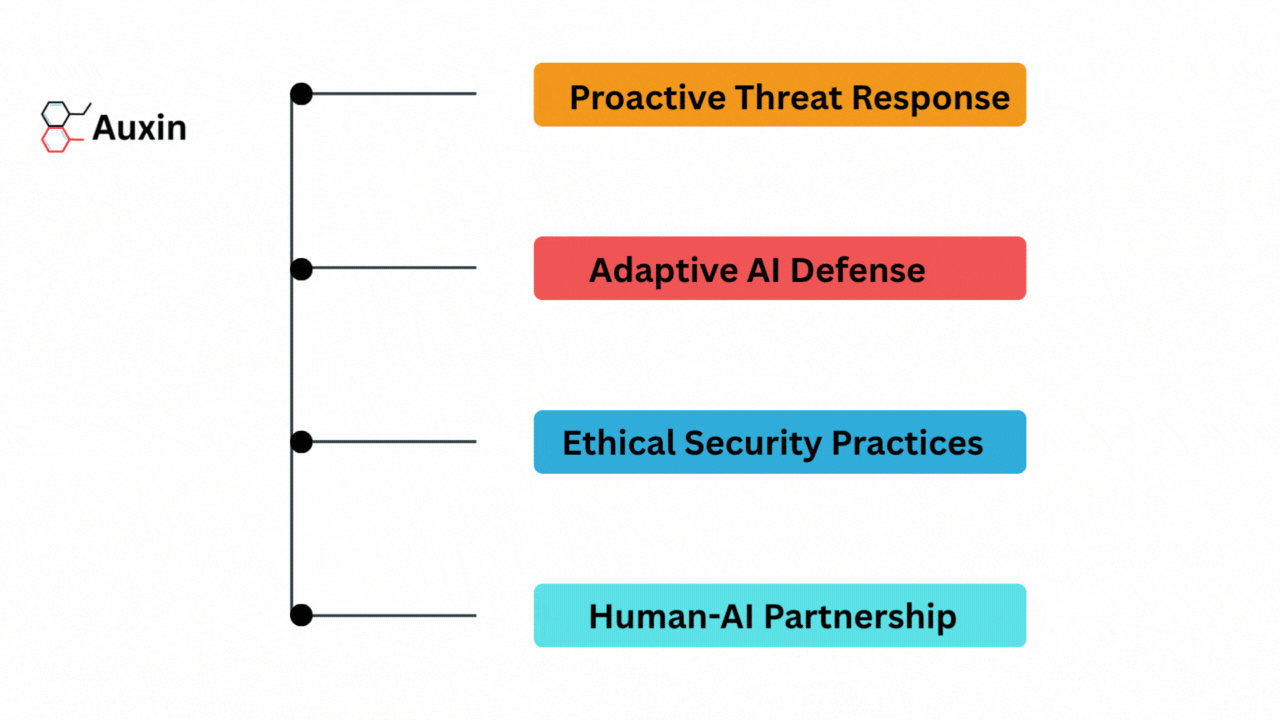What is the Cyber Risk Institute (CRI) and its Financial Services Cybersecurity Profile?
In an increasingly complex cyber landscape, financial institutions (FIs) face growing threats and regulatory demands. To mitigate these risks and maintain compliance, FIs must navigate a web of global regulations, which often overlap and differ slightly in their requirements. This can lead to significant resource expenditure and effort. The Cyber Risk Institute (CRI), through its Financial Services Cybersecurity Profile (commonly known as “the Profile”), aims to address these challenges by offering a streamlined approach to regulatory compliance.
The Rising Cost and Complexity of Compliance
As cyber threats evolve, financial regulators worldwide have responded with updated regulations designed to protect data, ensure cyber hygiene, and address third-party risk. However, FIs often find themselves struggling to meet these regulations, as they must invest considerable time and resources to comply with various exams and audits. For those operating across multiple jurisdictions, the burden is even heavier, with each region imposing distinct regulatory requirements.
It’s reported that some Chief Information Security Officers (CISOs) dedicate up to 40% of their time solely to compliance-related activities, leaving less focus for other critical business functions. Given the overlap between many regulations, FIs are often duplicating efforts, collecting and presenting evidence of compliance multiple times for similar requirements. This duplication of work not only increases costs but also diverts attention from growth and innovation.
How the CRI Profile Simplifies Compliance
The Financial Services Cybersecurity Profile developed by the CRI offers a solution to this challenge by harmonizing more than 3,000 global regulatory expectations into fewer than 300 diagnostic statements. These statements are designed to cover essential cybersecurity controls while minimizing the effort required to address multiple regulatory obligations.
For example, one diagnostic statement may call for the implementation of intrusion detection and prevention capabilities. Instead of responding separately to regulators in different regions, FIs can gather the necessary evidence once and reuse it to satisfy various regulatory requirements, such as those from the Federal Financial Institutions Examination Council (FFIEC) and the European Central Bank (ECB). This reuse reduces the burden of audits and can cut down compliance efforts by as much as 35% for some institutions.
The Profile’s consolidated approach enables FIs to address their compliance workload more efficiently. By reducing the number of questions and interviews required to demonstrate compliance, institutions can focus their resources on more strategic tasks, rather than drowning in repetitive regulatory processes.
Benefits for Both Financial Institutions and Regulators
The widespread adoption of the CRI Profile benefits not only financial institutions but also regulators. For FIs, it creates consistency, reduces time spent reconciling audit issues, and simplifies security oversight. The Profile serves as a common framework across various regulators, making compliance easier for financial institutions operating in multiple jurisdictions.
For regulators, the Profile provides enhanced visibility into systemic risks in the financial sector. It introduces a consistent vocabulary for assessing cyber risk across FIs, leading to better oversight. Additionally, the Profile has been recognized by prominent regulatory bodies and standards organizations, including the U.S. Treasury, NIST, and ENISA.

Evolution and Expansion of the Profile
The CRI is a coalition of over 50 financial institutions and trade associations, and its membership continues to grow globally. Profile is constantly evolving to meet the needs of the financial sector and keep pace with emerging cybersecurity standards, particularly in areas like AI, cloud technologies, and privacy. In 2024, CRI will release Profile v2.0, further refining its framework to address new challenges.
A noteworthy addition to the CRI framework is the Cloud Profile, which extends the main Profile by focusing on the relationship between FIs and cloud service providers. The Cloud Profile helps clarify responsibilities and provides implementation guidance, facilitating smoother operations for FIs using cloud infrastructure.
Automation: The Key to Simplified Compliance
While the Profile offers significant consolidation of regulatory requirements, the process of gathering and validating evidence remains labor-intensive for many institutions. This is where automation plays a crucial role in further reducing compliance efforts. By integrating tools that align with the Profile’s diagnostic statements, FIs can automate the collection of evidence, making real-time compliance a reality.
For example, network security management tools can automatically generate reports on intrusion detection and prevention systems (IDPS) as required by the Profile. Similarly, cloud security posture management (CSPM) tools can produce compliance reports for an FI’s cloud infrastructure. Automation significantly reduces the manual work involved in regulatory exams and audits, leading to faster, more efficient compliance processes.
How Auxin Security Can Help
Auxin Security, with its extensive experience in cybersecurity for financial institutions, is uniquely positioned to help organizations adopt and implement frameworks like the CRI’s Financial Services Cybersecurity Profile. Our team of seasoned security engineers and compliance experts is well-versed in navigating complex regulatory landscapes, streamlining compliance processes, and leveraging automation to reduce manual efforts. By integrating advanced tools with the CRI Profile, Auxin empowers financial institutions to maintain robust security postures while minimizing the burden of regulatory audits. Our expertise ensures that institutions stay ahead of evolving threats and regulatory demands, fostering both innovation and security.
Wrapping up
The Cyber Risk Institute’s Financial Services Cybersecurity Profile is a powerful tool for financial institutions looking to simplify their regulatory compliance workload. By consolidating global regulatory requirements into a streamlined set of diagnostic statements, the Profile reduces time, cost, and effort for compliance activities. Moreover, the growing adoption of automation aligned with the Profile further enhances efficiency, enabling FIs to focus on their core business functions without being bogged down by the complexities of compliance.
As the Profile evolves, financial institutions that embrace its framework, along with continuous controls monitoring, will be well-positioned to meet the challenges of an ever-changing cyber threat landscape.







